
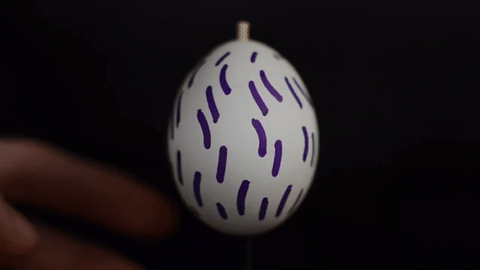
Jiri Zemanek from Czech Technical University made some pretty stellar zoetropic Easter egg designs.
Stella Artois Zoetrope
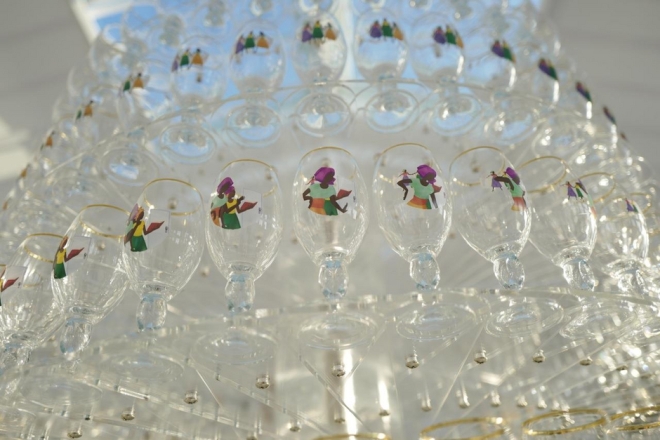
This zoetrope was designed for Stella Artois’ Buy a Lady a Drink campaign (promoting global access to clean drinking water) by production firm 1stavemachine, ad agency Mother, and visual fx company CherryCherryVFX. Each frame is painted onto the surface of an iconic Stella Artois chalice, giving the animation an interesting kind of depth and transparency as the device spins.
Stella Artois – The Chalice from Tim Brown on Vimeo.
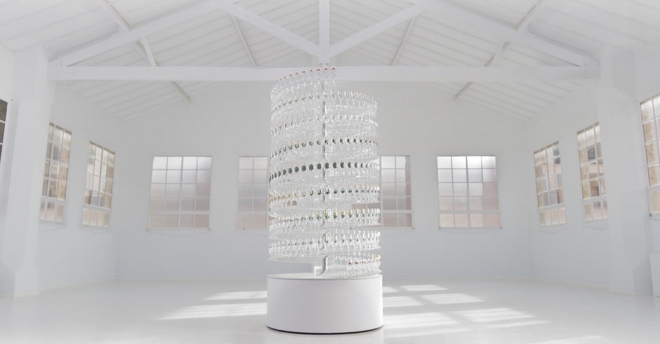
Images from and more info here.
Additional coverage and link to behind the scenes video here.
Elliot Schultz, Embroidered Zoetrope (2015)

This is a very nice set of turntable-spun, strobe-animated zoetropes made not with 3D printing (as is today’s custom), but with embroidery! I love the look of these, and the smooth videos and gifs really show the animator’s efforts/interests in making their zoetropes “web ready” (as opposed to focusing exclusively on the live presentation and simply documenting the installation with videos featuring ill-timed strobe effects. Another thing I love about these is the way that embroidery as a medium produces another alternate image(shown on the underside of the disc, seen in the last two pictures). The animation created by the loose thread ends is much less smooth, more unbridled and chaotic, and is pretty awesome in its own right.
Project website here.
Artist website (with fuller documentation) here.



Shoot, View, Play: A Study of the GameBoy Camera
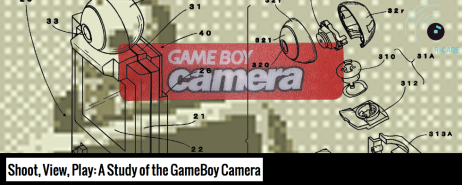 Among the many interesting things going on at the Digital Studies Center at Rutgers-Camden, is the R-Cade (The Rutgers-Camden Archive of Digital Ephemera), which is a collection of hardware and software that researchers can play with, take apart, and explore for their work. The R-Cade is especially exciting for researchers like me, who are interested not only in the newest and fanciest technology, but also old, failed, obsolete, and weird alternative apparatus, sometimes including toys! I was invited to participate in a really great event called Shoot, View, Play: A Study of the GameBoy Camera this spring to officially launch the R-Cade. The day began with a very hands-on workshop in which we hacked Game Boy cartridges. We took them apart, soldered new connections, programmed a new “game” (just a simple program that said ‘Hello’) and played it on the Game Boy. Later in the afternoon I spoke on a panel with artists and other scholars about the broader legacy of the Game Boy Camera, a strange accessory that transformed the system into a digital camera with a surprising number of features. I talked about its role within 1990s cultures of children’s media production toys (a variety of toys that let kids record, alter, and share their voices and images). I was thrilled to participate in such a great event and am so exciting for the work that the R-Cade will support moving forward.
Among the many interesting things going on at the Digital Studies Center at Rutgers-Camden, is the R-Cade (The Rutgers-Camden Archive of Digital Ephemera), which is a collection of hardware and software that researchers can play with, take apart, and explore for their work. The R-Cade is especially exciting for researchers like me, who are interested not only in the newest and fanciest technology, but also old, failed, obsolete, and weird alternative apparatus, sometimes including toys! I was invited to participate in a really great event called Shoot, View, Play: A Study of the GameBoy Camera this spring to officially launch the R-Cade. The day began with a very hands-on workshop in which we hacked Game Boy cartridges. We took them apart, soldered new connections, programmed a new “game” (just a simple program that said ‘Hello’) and played it on the Game Boy. Later in the afternoon I spoke on a panel with artists and other scholars about the broader legacy of the Game Boy Camera, a strange accessory that transformed the system into a digital camera with a surprising number of features. I talked about its role within 1990s cultures of children’s media production toys (a variety of toys that let kids record, alter, and share their voices and images). I was thrilled to participate in such a great event and am so exciting for the work that the R-Cade will support moving forward.
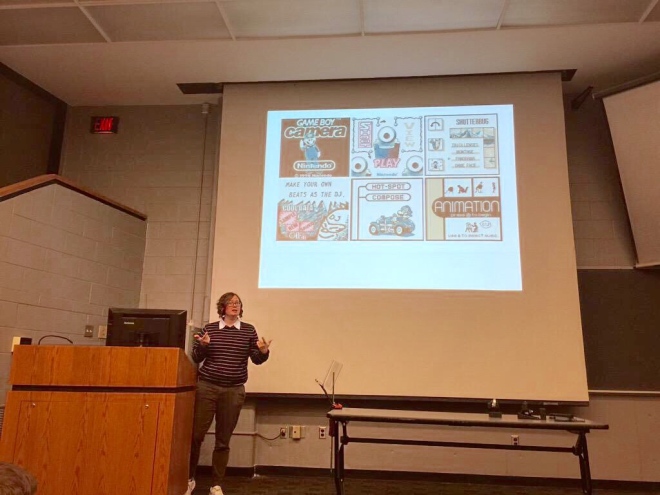
Toys-to-Life: Two Recent Talks
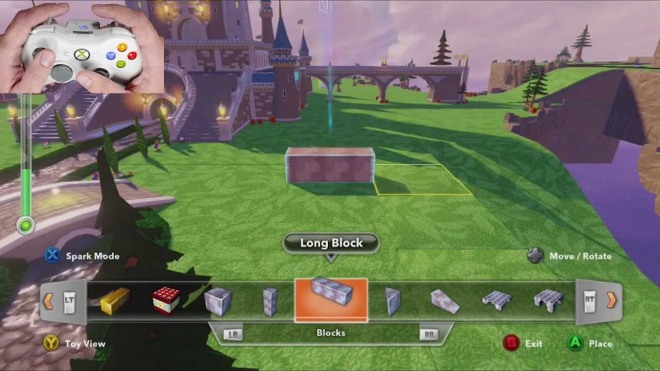
(The clunky building interface of Disney Infinity 1.0).
I recently gave two talks on toys-to-life games, platforms that combine traditional console-based play with NFC-enabled physical character figures. Both talks are components of my new project in development, which considers the history and theory of “animate toys.” In the first talk, which I presented at the 2015 Society for Cinema and Media Studies conference, I examine how Disney Infinity defines and uses the notion of children’s creativity in its marketing and gameplay, arguing that there is a significant disconnect between the “unlimited” creativity and freedom the platform promises and its structural limitations.
UPDATE: A revised and extended version of this talk is forthcoming in the Fall 2016 issue The Velvet Light Trap.
The second talk, delivered at Rutgers’ second “Extending Play” conference, explores some of the underlying reasons reasons why TTL developers are interested in designing play experiences that cross the physical/digital divide. Here, I take a look at the various sanctioned and unsanctioned ways in which players choose to play with these systems.
Eye Think BusyBody Quick-Pose Animator

This praxinoscope toy from Eye Think, Inc. lets users create an animated sequence using ten posable figures instead of a series of drawn frames. You can pop the figures off in order to carefully sculpt them (and the toy comes with a few examples of sequential poses you can try to make the figures appear to walk, run, jump, etc.) This seems like an especially good toy for teaching animation: praxinoscope animations are sometimes easier to see in the mirrors (rather than in the slots of a zoetrope) and, perhaps more importantly, the bendable figures offer a great tactile alternative to drawing, which can be slow and imprecise. I wonder how difficult it is to compare the figures in order to make sure their positions differ only slightly (so the animation won’t be jumpy). Taking a cue from the proliferation of 3D zoetrope sculptures, it’s such a simple idea but totally unlike most of the optical toys available today.
Nervous System, “Growing Objects” Zoetropes (2014)
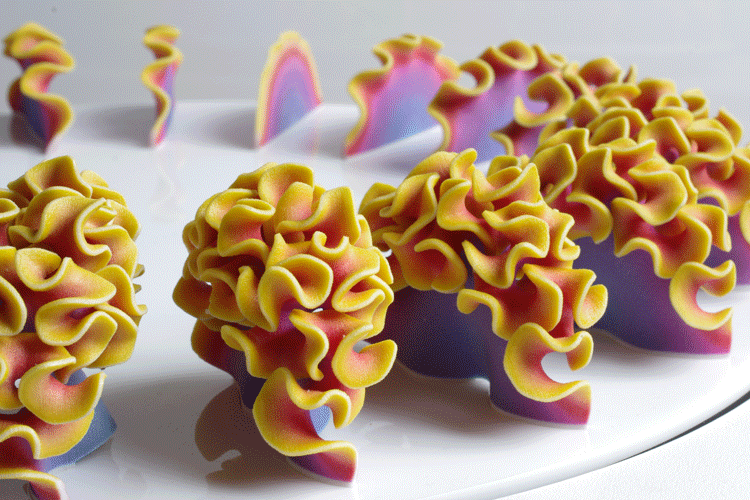
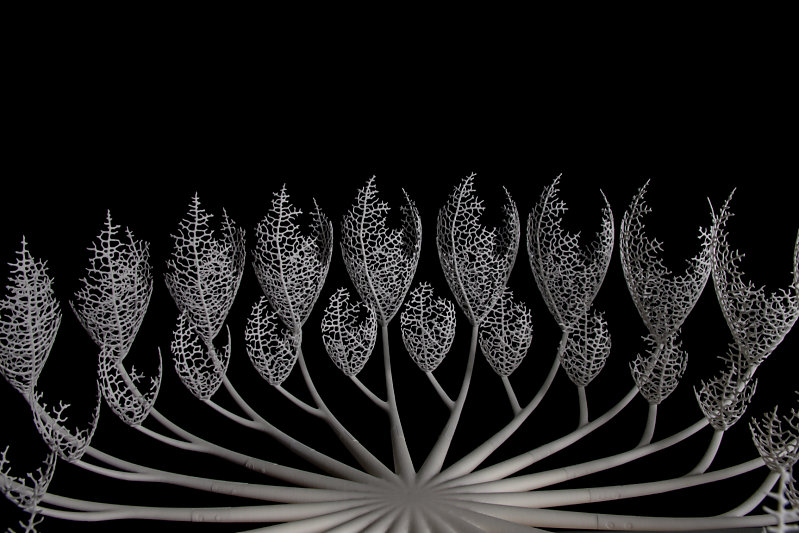
These gorgeous zoetropes were made by Nervous System for a 2014 exhibit called “Growing Objects” at the Simons Center for Geometry and Physics in Stonybrook, NY.
The show considers four natural growth patterns/ processes, and Nervous System made these zoetropes to represent (though not simulate) these patterns in action. A much more comprehensive description/explanation can be found here. These really are stunning. The references to patterns that recur in nature remind me of John Edmark’s pieces that made the rounds earlier this year.
Photos from Nervous System’s website.
Kelly Egan, Ponytrope (2014)
My brother forwarded me this Make story about Kelly Egan’s Muybridge-inspired zoetrope that animates a series of 12 horses with an LED strobe. Egan used Muybridge’s own photographs as references for modeling the horses (which he did on Blender). He generously documented his process on his website and also shared all the models on Thingiverse. I’m always so delighted by instances when old and new media collide like this, and it’s even neaterr that Egan so explicitly engages with Muybridge in both his subject matter and documentation.
New View-Master!

Huge news this week as Mattel and Google announced a partnership for a new virtual reality View-Master. Expected next fall, the new View-Master viewer will turn the user’s smartphone into a VR device, like an enhanced Google cardboard. The app will work with companion “experience reels” featuring virtual tours that offer 360 and lots of other supplemental information. This partnership and product revamp represents an interesting shift in the View-Master’s legacy, after the company announced that it would stop production of scenic picture reels in 2009 (while continuing reel production for character- and entertainment-based subjects). Already the new View-Master is being framed as an educational device, facilitating new kinds of interactive experiences and a distinct sense of immersion. More around the web from The Verge, CNET, 9to5Mac, and Bloomberg. I’m excited to try this out!
Also, remember Hasbro’s attempt at a similar viewer a few years ago?
Thaumatrope valentines

Just in time for Valentine’s Day, here’s a clever thaumatrope tutorial (including a printable PDF) using classic love day motifs.
